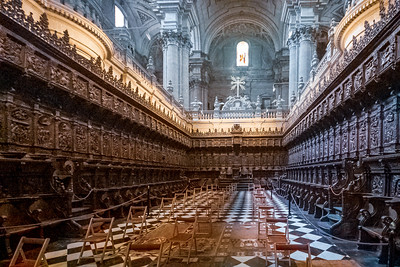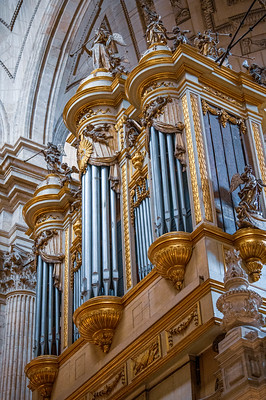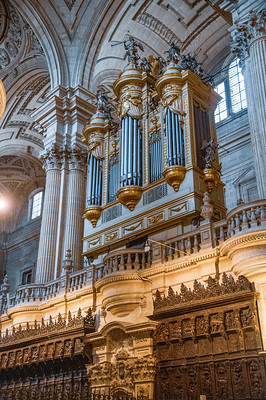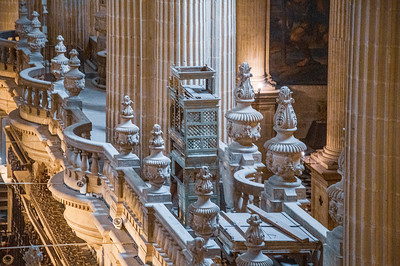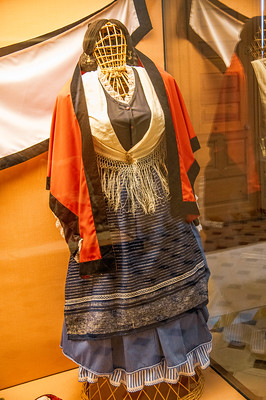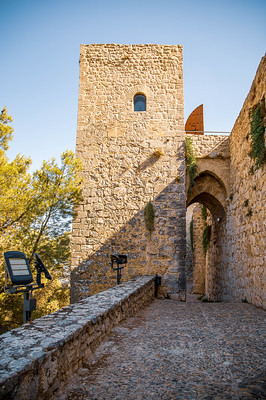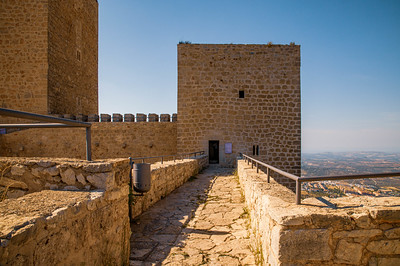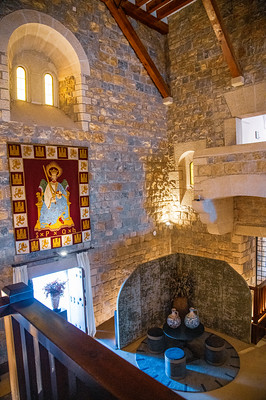Catedral de la Asunción de la Virgen
The Cathedral of the Assumption of the Virgin (Catedral de la Asunción de la Virgen) in Jaén is one of Andalusia’s remarkable examples of Spanish religious architecture. Often simply known as Jaén Cathedral, it reflects the dramatic evolution of artistic styles in Spain through its long construction period and diverse influences—from Gothic and Renaissance to later Baroque touches
The construction of the cathedral began in the 16th century to replace an earlier religious building, and it continued well into the 18th century. This extended period of construction allowed for a blend of styles that capture the transition from medieval forms to the emerging Renaissance sensibilities of the time.
Dedicated to the Assumption of the Virgin Mary, the cathedral was commissioned at a time when Jaén was asserting its urban and religious identity. As the seat of a bishopric, it symbolized both spiritual authority and civic pride, serving as a prominent landmark in the city.
The main facade, richly ornamented and imposing, is complemented by an elegant bell tower that dominates the Jaén skyline. These elements reflect the ambition of its builders to create a monument of lasting beauty and power.
Inside, visitors can admire a series of chapels, lofty naves, and finely carved altarpieces that illustrate the high level of craftsmanship. The decorative stonework, combined with stained glass and sculptural details, creates an atmosphere of reverence and artistic excellence.
References
Text generated by Microsoft CoPilot
- Wikipedia – Jaén Cathedral: Cathedral of Jaén A comprehensive overview of the cathedral’s history, architecture, and cultural context.
- Spain.info – Official Tourism: Search for Jaén Cathedral on Spain’s Official Tourism Website Provides visitor information, historical background, and practical tips for exploring the site.
- Cathedral de Jaen Schedule and Prices tickets




